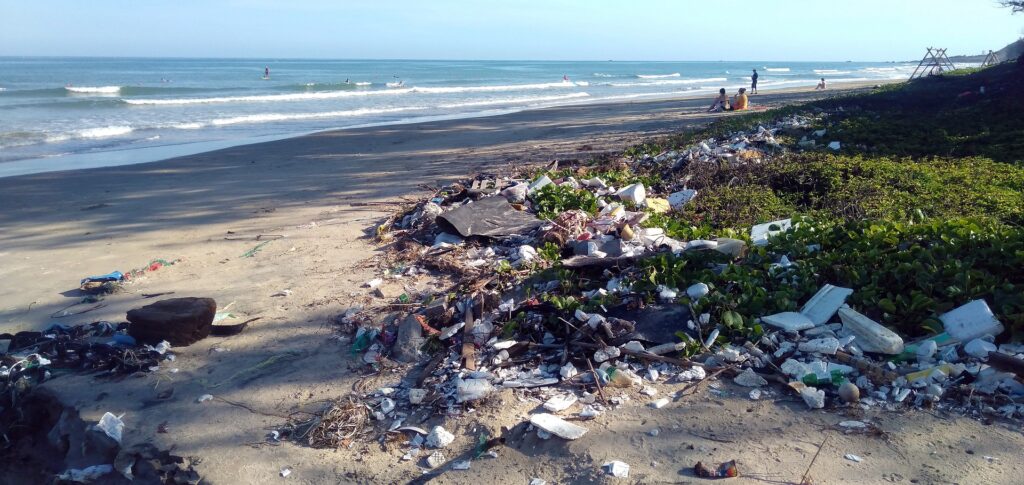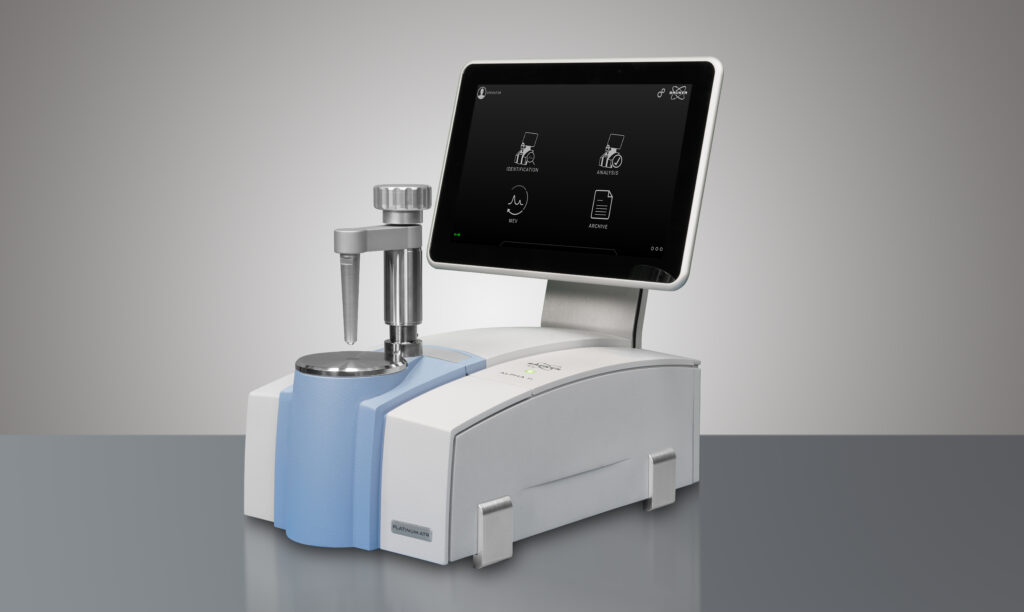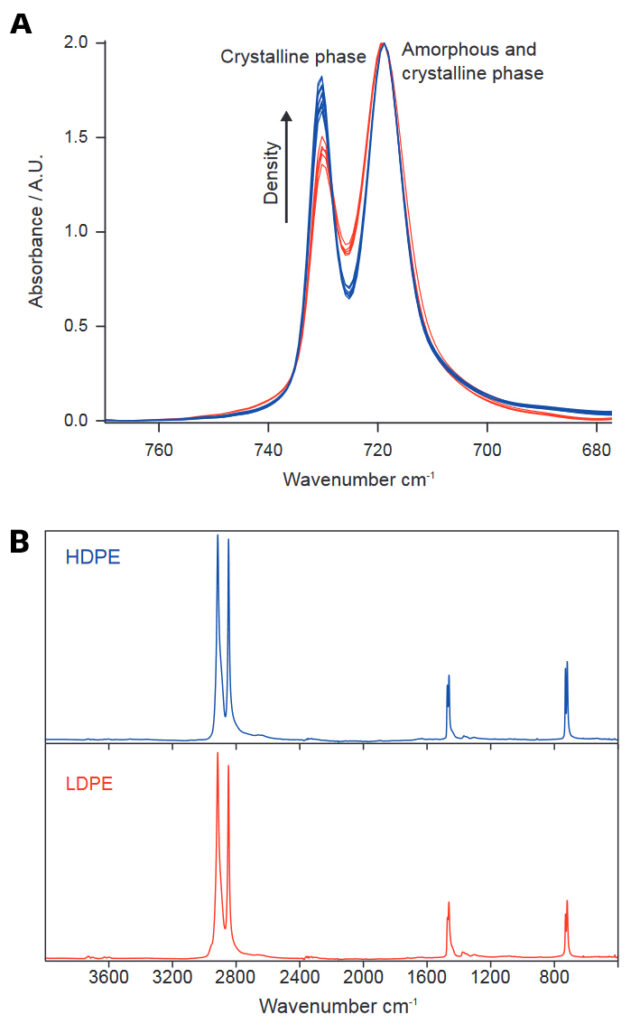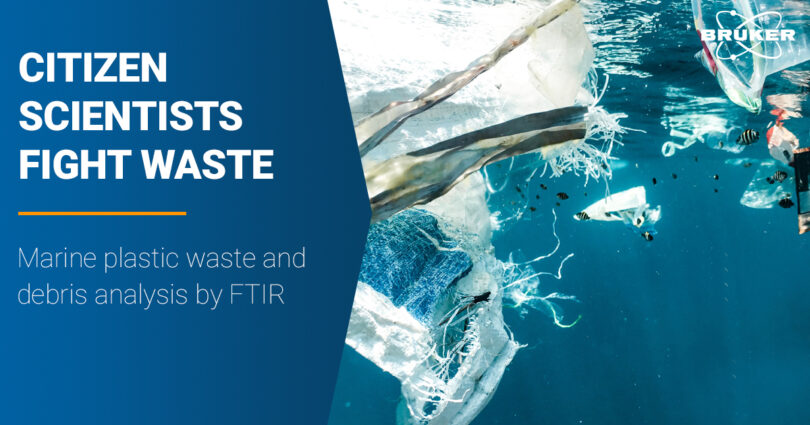Ever found plastic waste or debris on a beach? Most likely, you did. For environmental forensics, FTIR in an important tool. It is widely used in the determination of polymer types or the identification of microplastics.
Many of us unfortunately know this from vacation or TV. Plastic waste, contaminating entire coastlines and beaches. In major tourist destinations, cleanup crews quickly dispose of the plastic pollution. For more remote destinations, such as the Arctic, this problem remains untouched.

But how does the plastic waste end up on beaches around the world? Both local sources and remote transport are thought to be responsible for this pollution, but empirical data is missing. To fill this gap, researchers are getting inventive and have started to recruit „citizen scientists“ on tourist cruises.

They were tasked to gather stranded trash at remote locations near Spitsbergen, Norway. The waste collected was then examined for its composition and origin by researchers of the Alfred Wegner Institute (AWI).
To obtain information about the origin of the material, they simply looked out for labels and imprints. For the determination of the chemical composition, of course, you must look a little closer. With what? With FTIR, of course!
FTIR in washed up plastic analysis
In the AWI study, polymer types were determined by attenuated total reflection (ATR) using Brukers ALPHA II FTIR spectrometer. Other methods such as gas chromatography also deliver reliable results. However, the clear advantage of FTIR is that the analysis does not require sample preparation and is therefore the faster option for polymer determination. Additionally, handling the ALPHA II is very easy and intuitive.
To be honest: any tourist could have performed the measurement with the ALPHA II and OPUS TOUCH. Of course, the actual science behind it is far more tricky and requires years of experience. But the measurement? Easy!

Study results
The study identified 15 different polymer types. Most of the trash (61%) was made of polyethylene (PE), followed by polypropylene (PP) with 31%. Other types of polymers were only present in small percentages, such as polyurethane (0.4%).
For a most complete possible characterization, it was also determined whether the PE waste consisted of high density polyethylene (HDPE) or low density polyethylene (LDPE). Both HDPEs and LDPEs have the same chemical structure, but while HDPE has a linear structure and is opaque, LDPE is a transparent branched version of PE. This makes differentiation difficult, but with the help of the Bruker OPUS software this is not a problem.
The image below (A) shows that with increasing crystallinity of the sample the intensity of the band at 730 cm-1 increases. Crystallinity and density are correlated, and thus the sample with the higher peak (blue) can be identified as HDPE. The sample in red with the smaller peak is identified as LDPE.

In the samples from the arctic, HDPE’s accounted for 50% and LDPEs for 11% of the PEs found. This comes as no surprise since HDPE is more durable than LDPE.
Summary
With FTIR in plastic waste analysis it is possible to extract a wealth of
chemical and physical information from polymer spectra. It can be used for both identification and characterization of polymer samples. By using the compact Bruker ALPHA II FTIR spectrometer, it is very easy to perform both, qualitative and quantitative routine analyses of all kinds of polymer materials. A software guided workflow and intuitive hard-ware design allows even untrained users to work with the system after a few minutes introduction.
If you want to learn more about FTIR spectroscopy and microscopy in plastic analysis check out our previous blogs on this topic:
Microplastics in our soils – unavoidable? FTIR and AI in Microplastics analysis
Reference
Meyer, A.N., Lutz, B., Bergmann, M. Where does Arctic beach debris come from? Analyzing debris composition and provenance on Svalbard aided by citizen scientists. Front. Mar. Sci. (2023). http://doi.org/10.3389/fmars.2023.1092939








